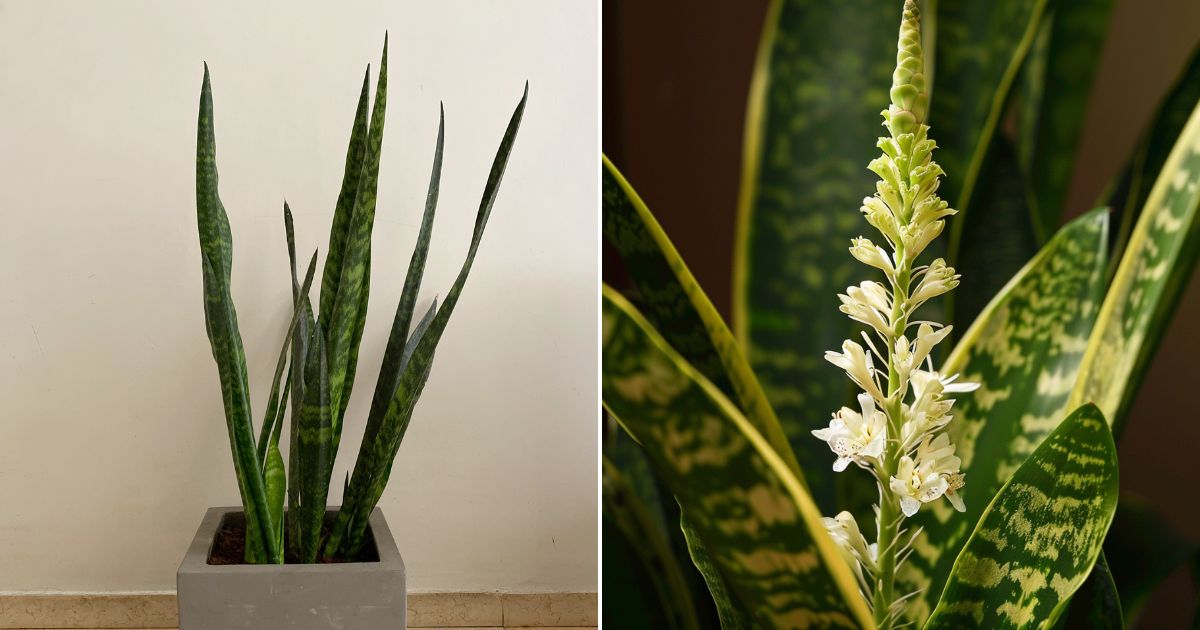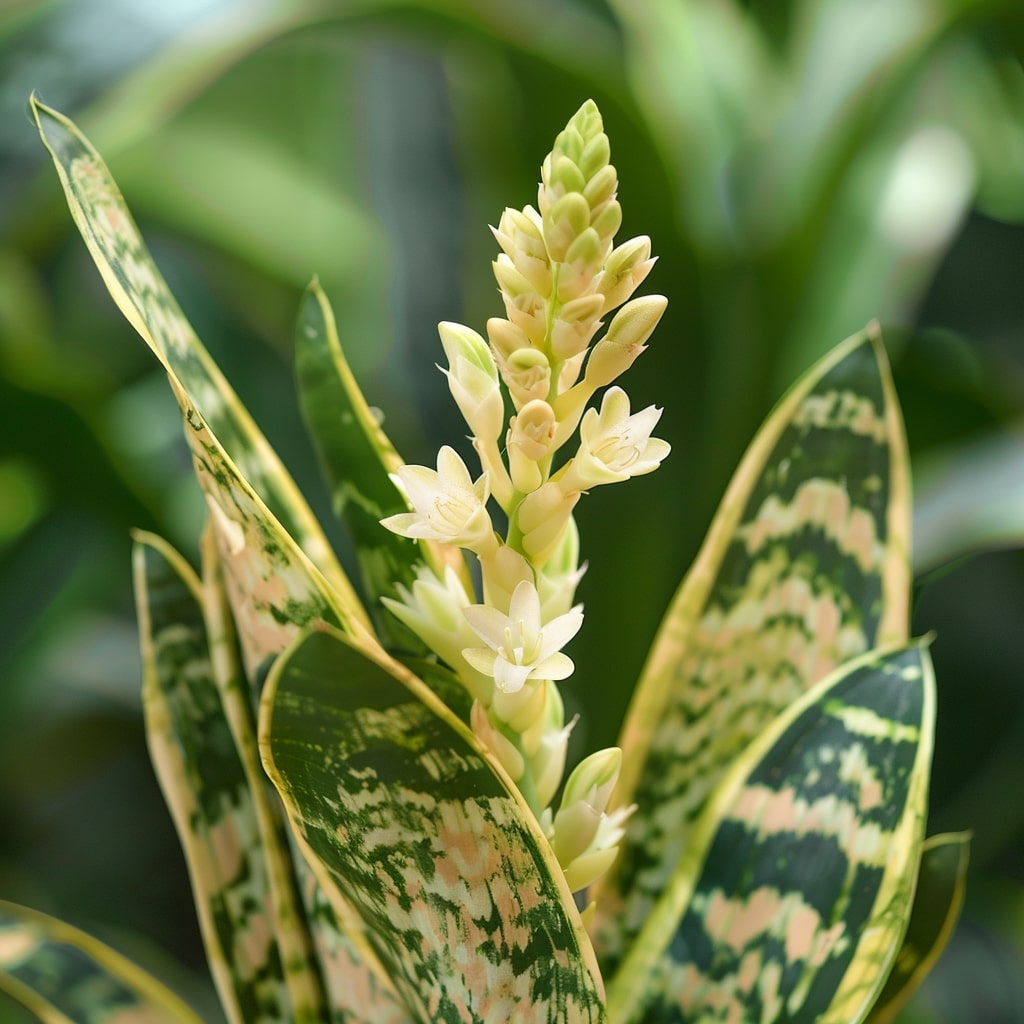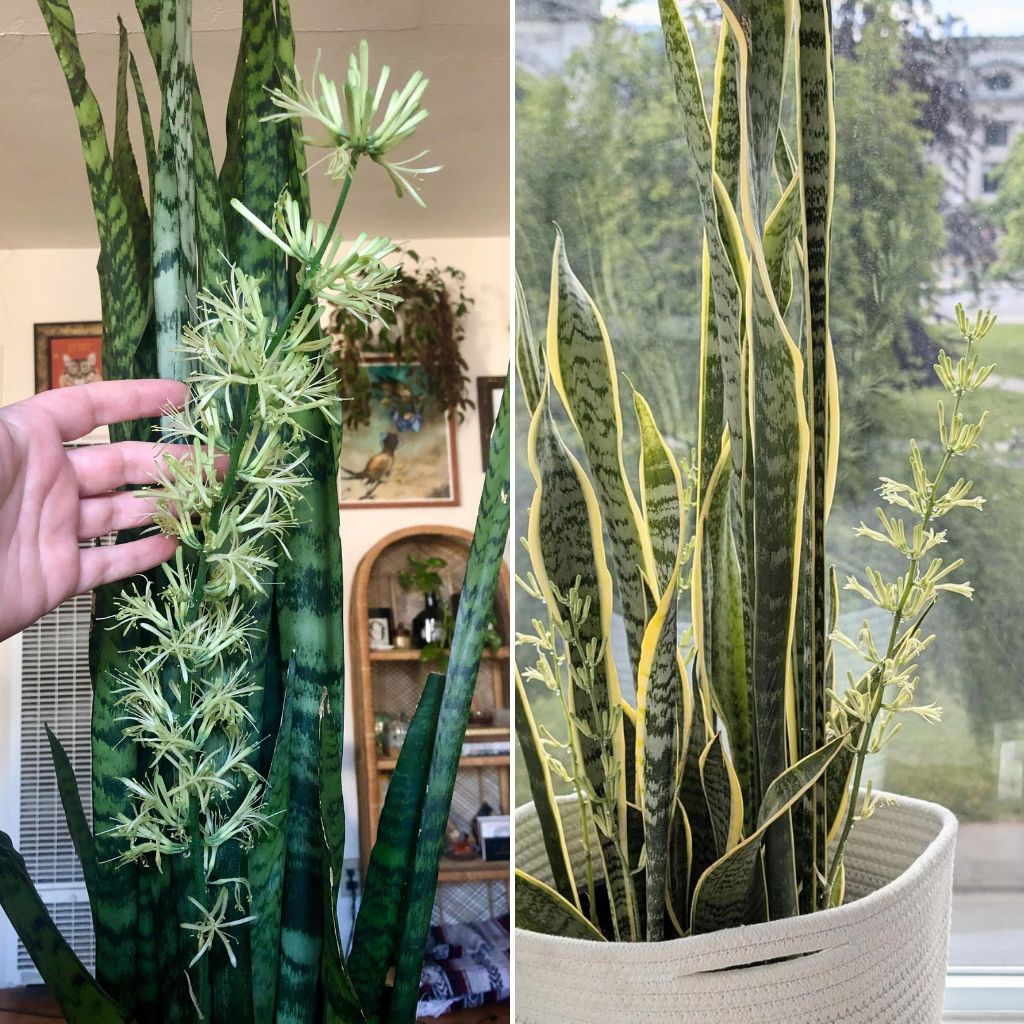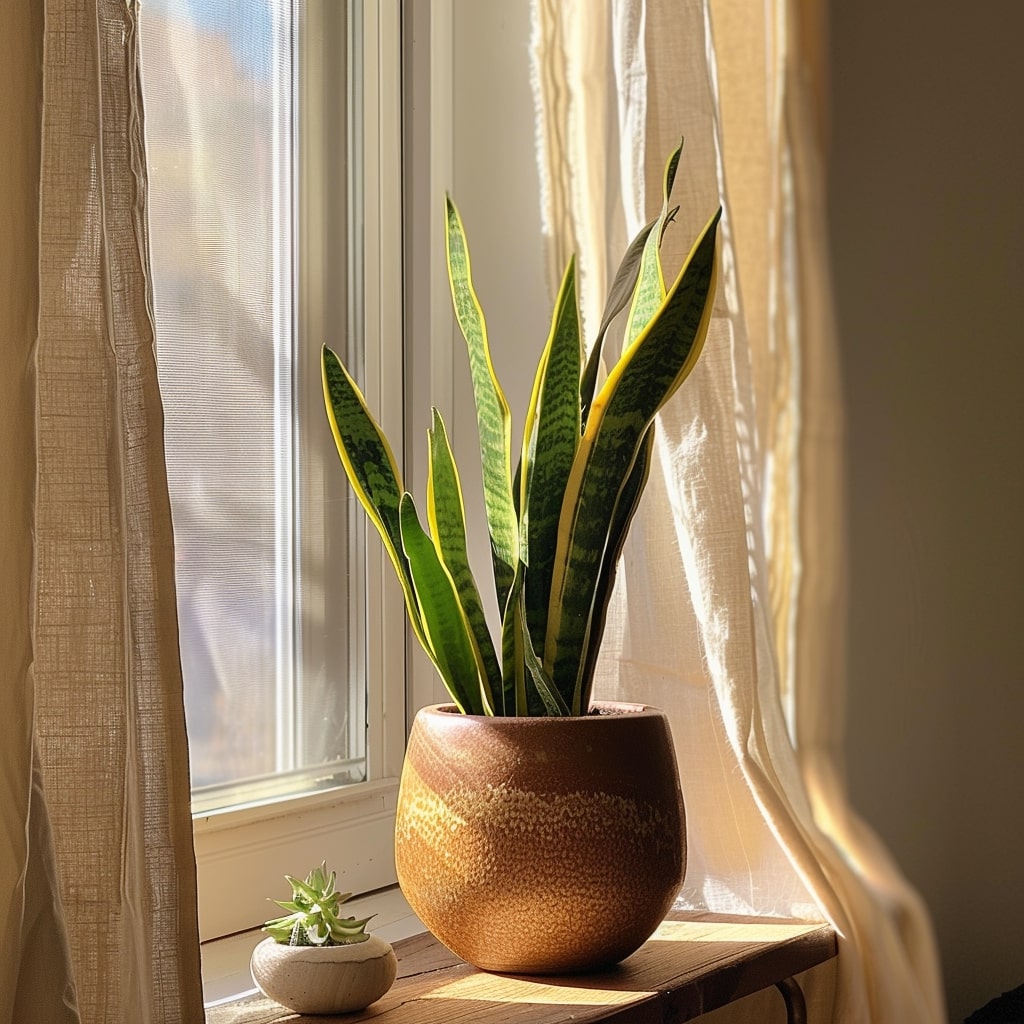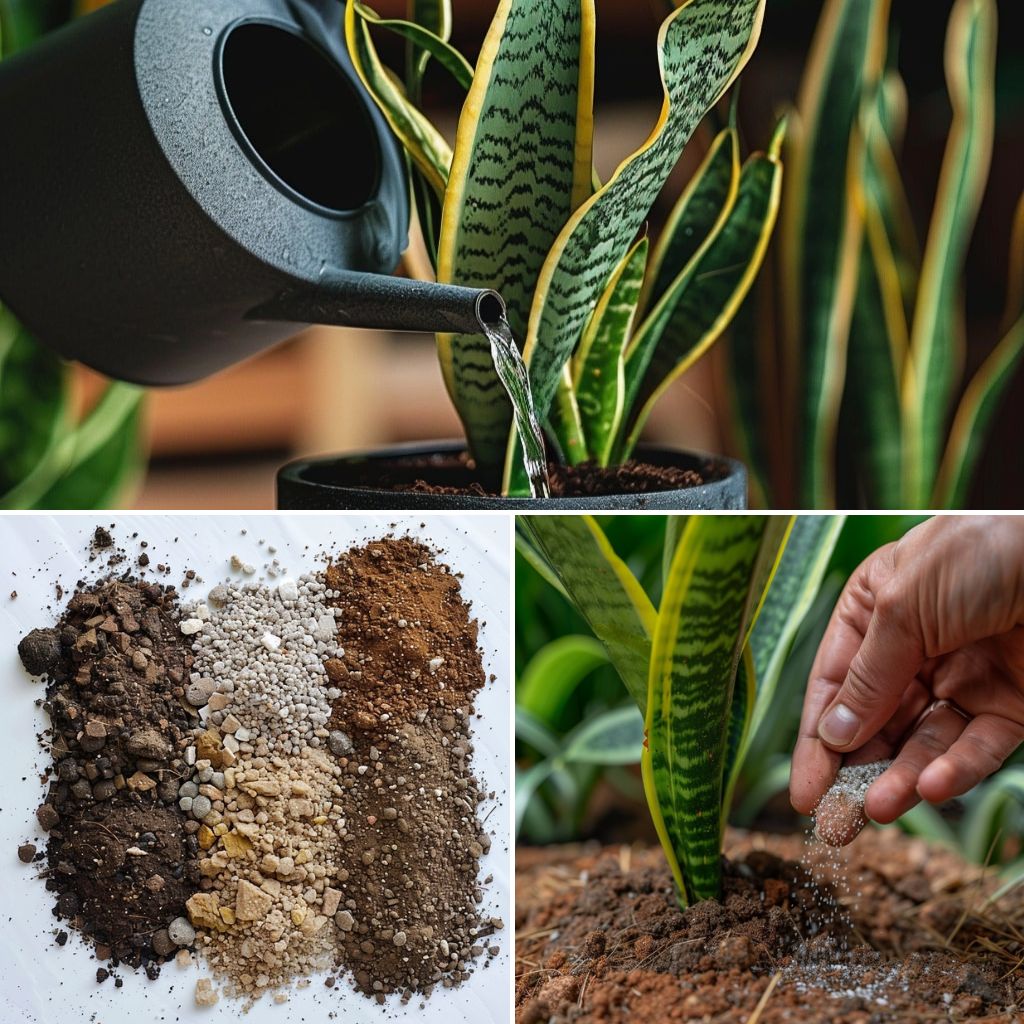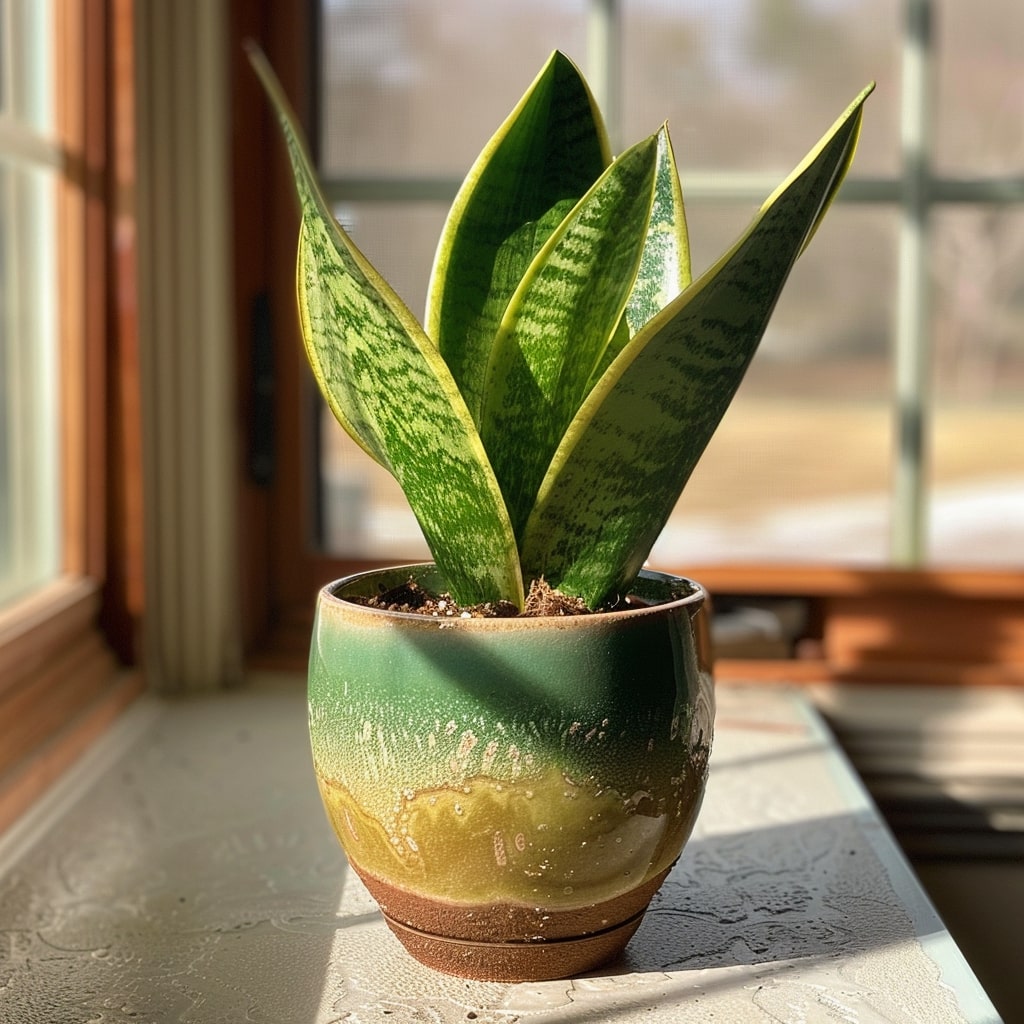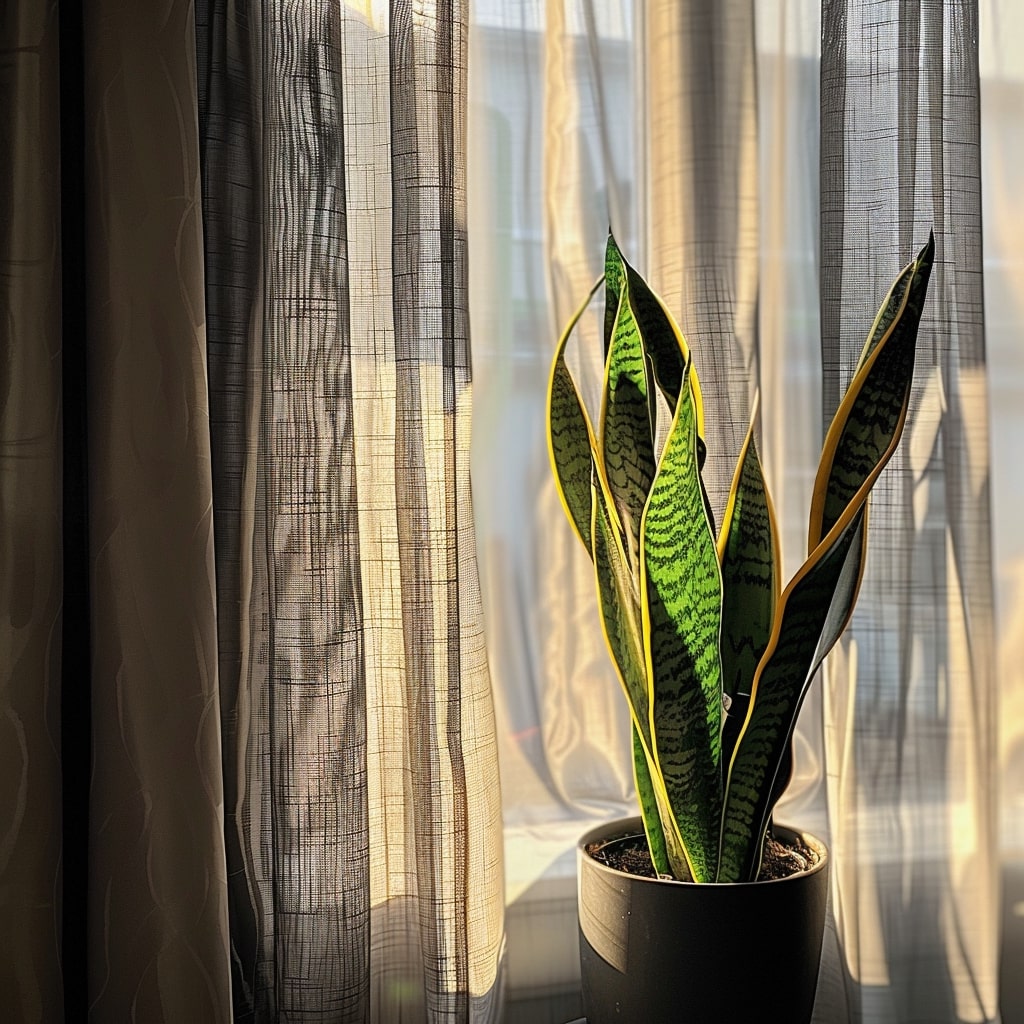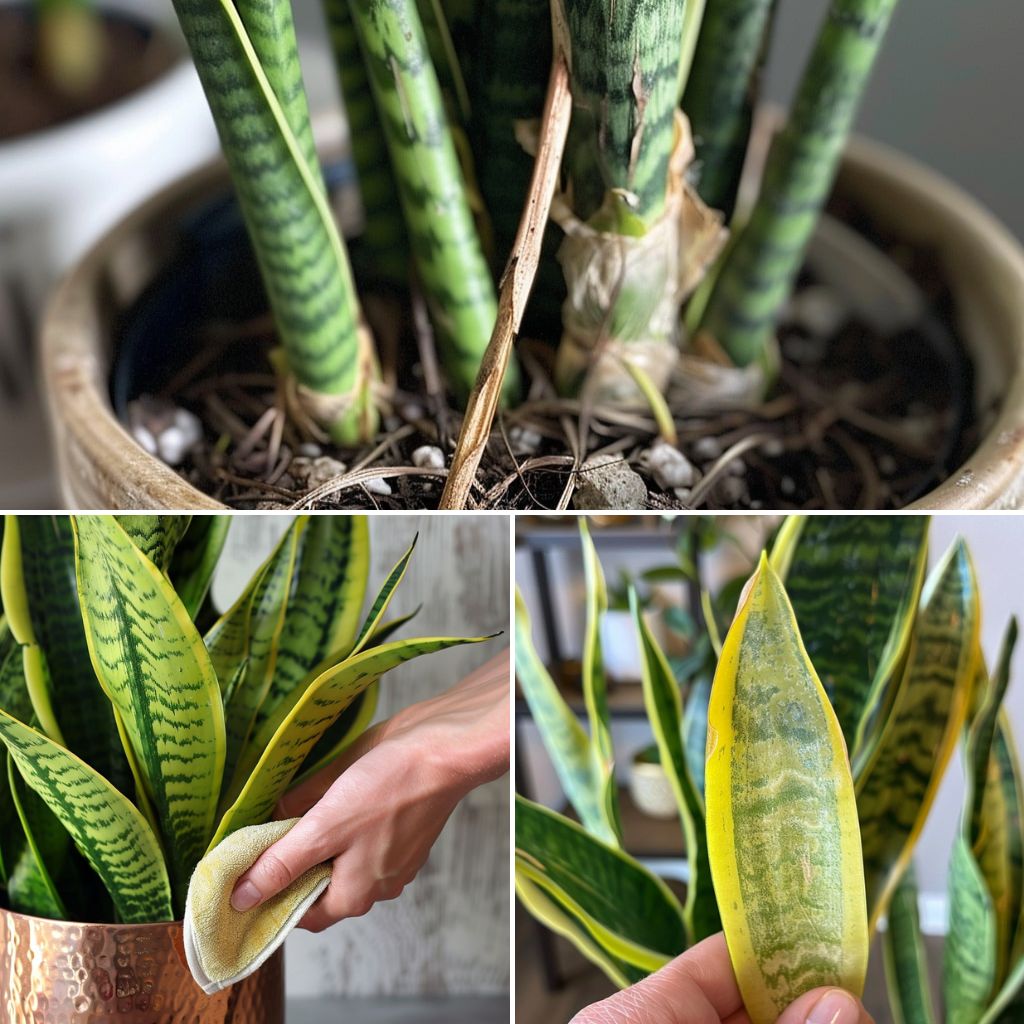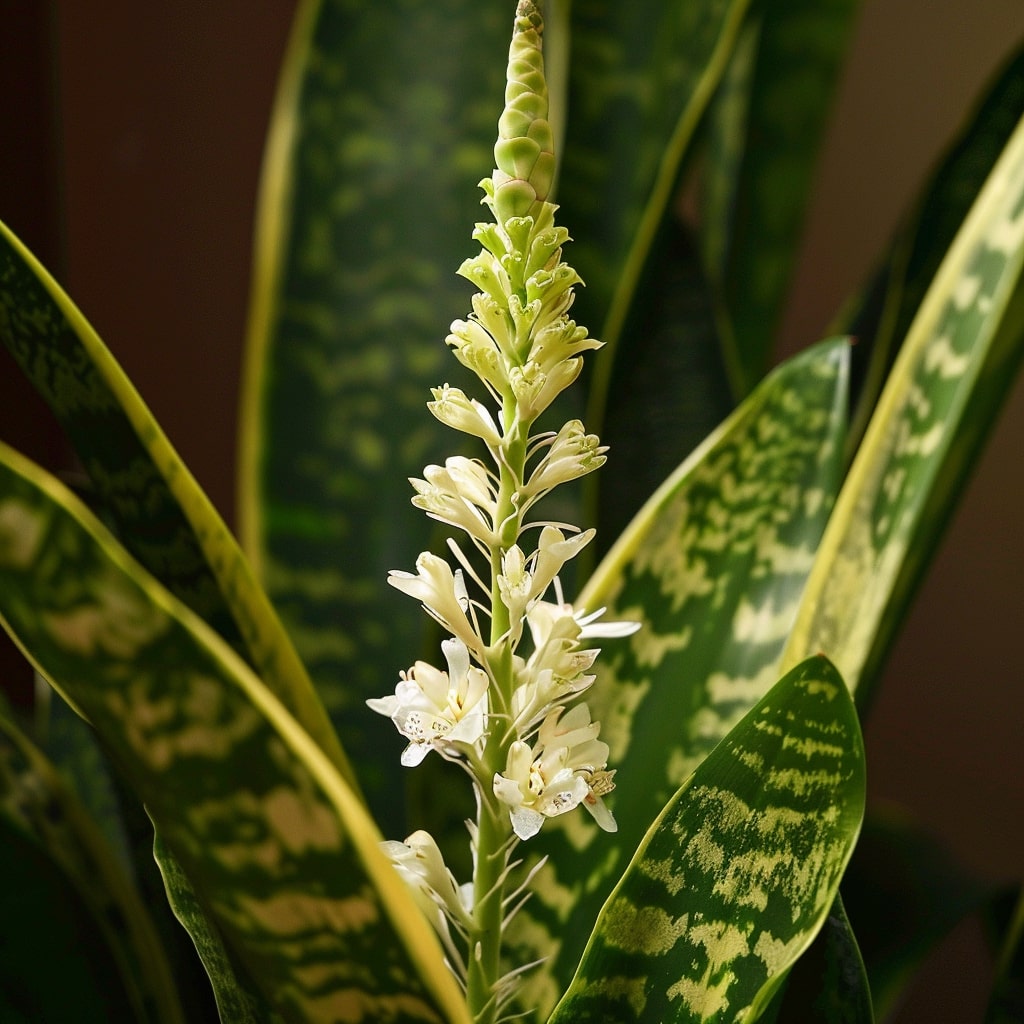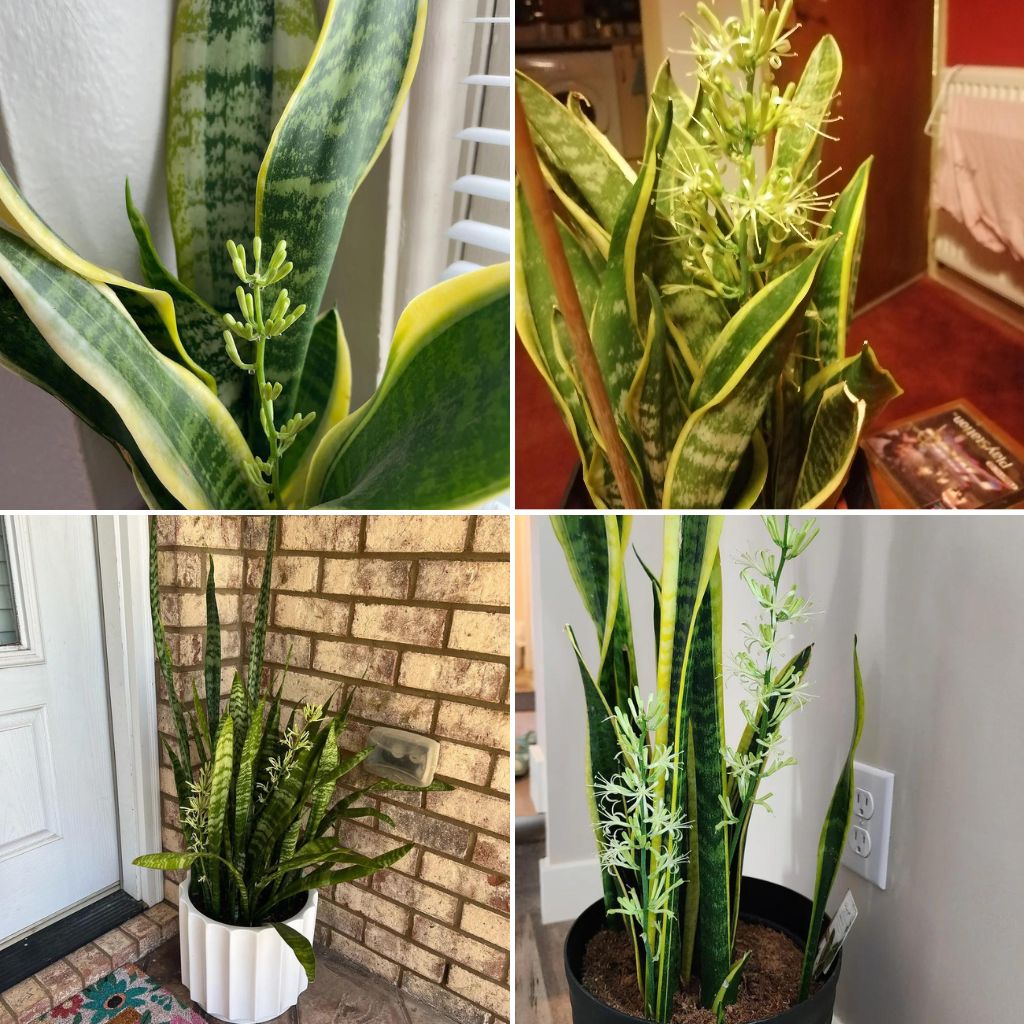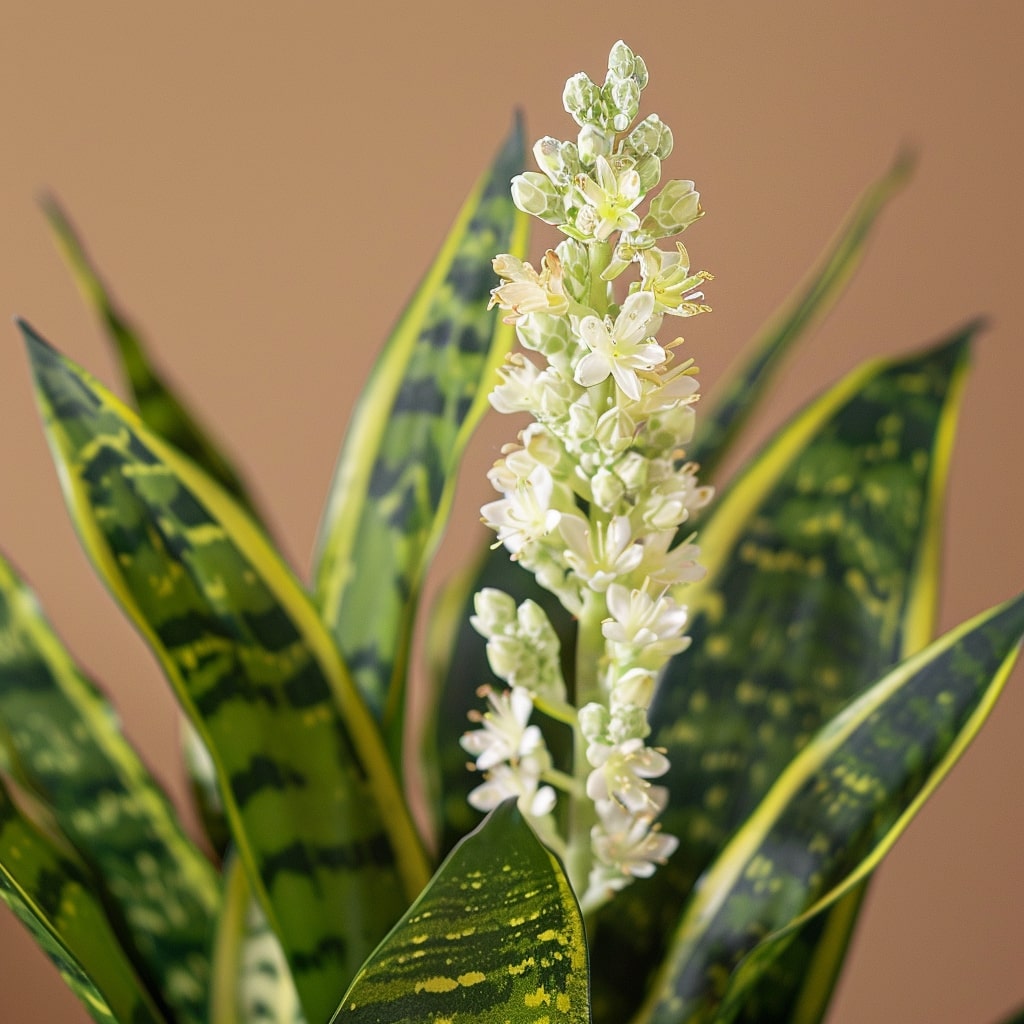Are you ready to add some unexpected beauty to your snake plant, AKA Sansevieria? Snake plants are known for their hardiness and striking foliage, but they can also surprise you with their delicate and fragrant flowers.
If you’ve been nurturing a snake plant for a while, you might be curious about how to get it to bloom.
In this article, we’ll dive into the secrets of encouraging your snake plant to flower, providing tips and tricks to help you enjoy this rare and beautiful sight.
Understanding the Snake Plant Flower
Snake plants, also known as mother-in-law’s tongue, typically feature long, upright leaves that are often edged in yellow or streaked with white. These plants are beloved for their low-maintenance care and ability to thrive in various conditions.
However, their flowers are less well-known. When a snake plant blooms, it produces small, tubular flowers on a long stalk, often compared to lilies or honeysuckle in appearance. The flowers are usually white or cream-colored and emit a sweet fragrance.
What Makes a Snake Plant Flower?
Several factors contribute to the blooming of a snake plant. These include age, light, water, soil, and a bit of stress. Let’s explore each of these elements in detail:
Age
Your Sansevieria plant does not have to reach a specific age to be capable of blooming. While younger plants can flower, mature plants are more likely to blossom when provided with optimal growing conditions.
Older snake plants have a higher chance of producing blooms, especially when they are slightly stressed.
Light
Snake plants prefer bright, indirect light. Although they can tolerate low light conditions, providing them with ample indirect sunlight increases the chances of flowering.
Placing your plant in front of a sheer curtained window where it gets plenty of bright light throughout the day can be beneficial.
Water
Snake plants are drought-tolerant and store water in their leaves, so they don’t require frequent watering.
Overwatering can lead to root rot, which is detrimental to the plant’s health. Instead, allow the soil to dry completely between waterings. Some gardeners believe that minimal watering can stress the plant enough to encourage blooming.
Soil and Nutrients
Snake plants thrive in well-draining soil. You can improve your soil’s drainage by adding river sand or using a cactus potting mix.
While snake plants typically don’t require a lot of nutrients, a light application of high phosphorus fertilizer in early spring can boost the chances of flowering. However, avoid over-fertilizing as this can cause a nutrient imbalance.
Stress
Believe it or not, a bit of stress can encourage your snake plant to bloom. This stress can come from being root-bound, receiving minimal water, or being exposed to varying temperatures.
The idea is to mimic the plant’s natural habitat, where it might experience periods of drought and crowding.
Steps to Encourage Your Snake Plant to Bloom
Now that you understand the factors that influence flowering, here are some practical steps to encourage your snake plant to bloom:
1. Provide Ample Light
Place your snake plant in a location where it receives bright, indirect sunlight. A spot near an east or west-facing window is ideal. If your home doesn’t get enough natural light, consider using a grow light to supplement the plant’s needs.
2. Water Sparingly
Allow the soil to dry out completely between waterings. In the winter months, you can reduce watering even further, providing water only once a month if the indoor air is dry. Overwatering is one of the most common mistakes that can prevent your snake plant from blooming.
3. Use Well-Draining Soil
Ensure your plant is in well-draining soil. A cactus or succulent mix works well. If you’re using regular potting soil, add perlite or sand to improve drainage. This helps prevent root rot and keeps the plant healthy.
4. Fertilize Lightly
In early spring, apply a balanced, high-phosphorus fertilizer to give your snake plant a nutrient boost. Use a diluted solution and avoid over-fertilizing, as this can do more harm than good.
5. Create a Slightly Stressful Environment
Consider letting your snake plant become slightly root-bound by not repotting it too frequently. When you do repot, choose a pot that is only slightly larger than the current one. The stress from being root-bound can encourage the plant to flower.
Maintaining a Blooming Snake Plant
Once your snake plant starts to bloom, it’s important to provide proper care to ensure continued growth and future blooms. Here are some tips for maintaining a blooming snake plant:
Post-Bloom Care
After the flowers fade, remove the flower stalks at the base. This helps the plant focus its energy on new growth. Continue to provide bright, indirect light and water sparingly.
Clean the Leaves
Dust can accumulate on the leaves of your snake plant, hindering its ability to photosynthesize. Gently wipe the leaves with a damp cloth to keep them clean and healthy.
Monitor for Pests
Snake plants are relatively pest-resistant, but it’s still important to keep an eye out for common houseplant pests like spider mites and mealybugs. If you notice any pests, treat the plant with insecticidal soap or neem oil.
Common Myths About Snake Plant Flowers
You might have come across some myths about snake plant flowers, such as them being unlucky.
Contrary to these beliefs, a blooming snake plant is a sign of a healthy and thriving plant. Embrace the beauty and good fortune of your snake plant’s flowers!
Troubleshooting Flowering Issues
If your snake plant isn’t blooming despite your best efforts, don’t be discouraged. Here are some troubleshooting tips:
Adjust Light Levels
Ensure your plant is getting enough light. If it’s in a low-light area, move it to a brighter spot or use a grow light.
Check Watering Practices
Make sure you’re not overwatering or underwatering your plant. Allow the soil to dry out completely between waterings.
Evaluate Soil Conditions
Ensure your plant is in well-draining soil. If the soil retains too much moisture, it can hinder the plant’s growth and flowering.
Be Patient
Sometimes, it just takes time for a snake plant to bloom. Continue providing the right care, and eventually, your patience may be rewarded with beautiful flowers.
The Joy of Snake Plant Flowers
There’s something truly special about seeing your snake plant in bloom. The delicate flowers and their sweet fragrance are a delightful surprise that adds an extra layer of beauty to this already stunning plant.
With the right care and a bit of patience, you can enjoy the rare and enchanting sight of a flowering snake plant.
Getting your snake plant to flower can be a rewarding experience. By providing the right light, watering sparingly, using well-draining soil, and allowing for a bit of stress, you can increase the chances of your plant blooming.
Remember, the key is to mimic the plant’s natural habitat while providing the care it needs to thrive.
With these tips and a little patience, you might be lucky enough to witness the rare and beautiful blooms of your snake plant.
